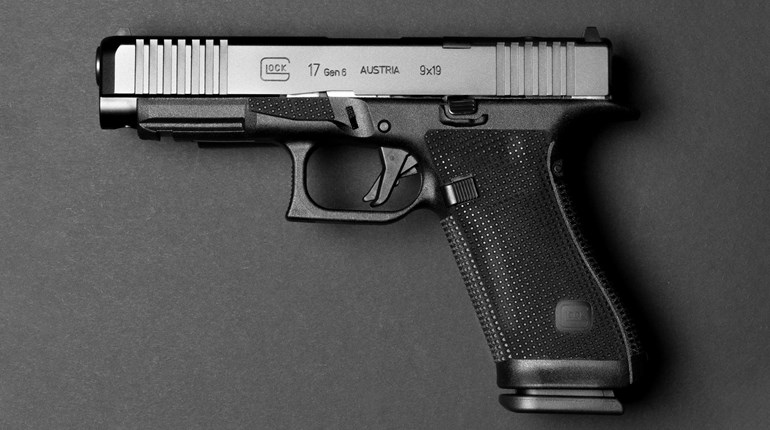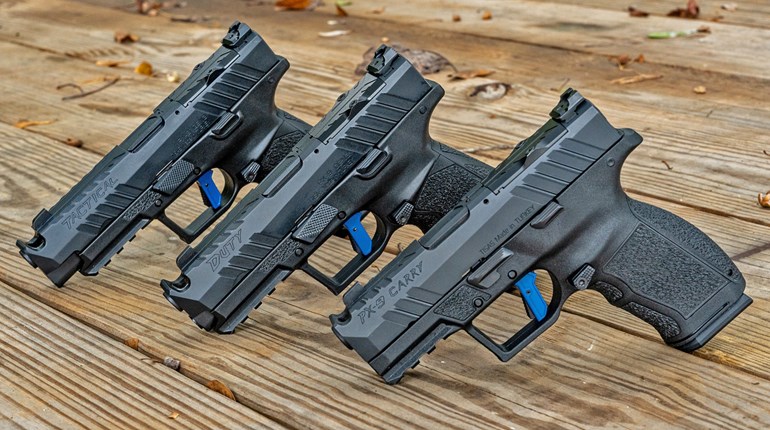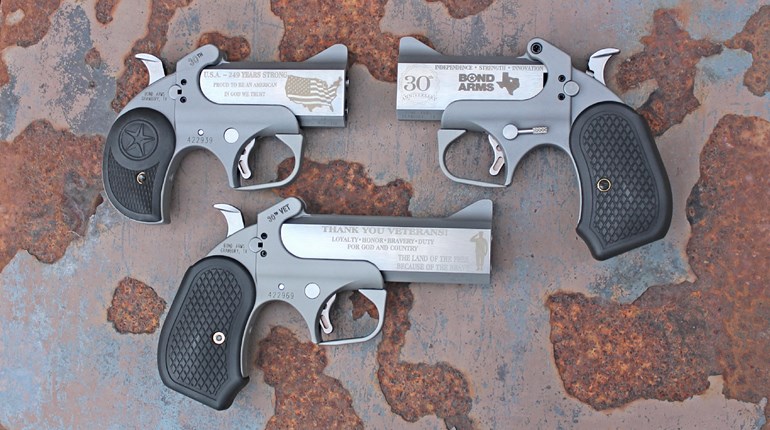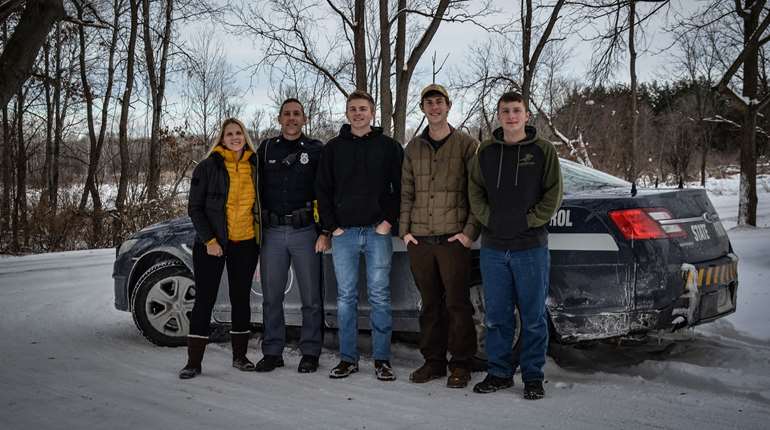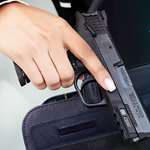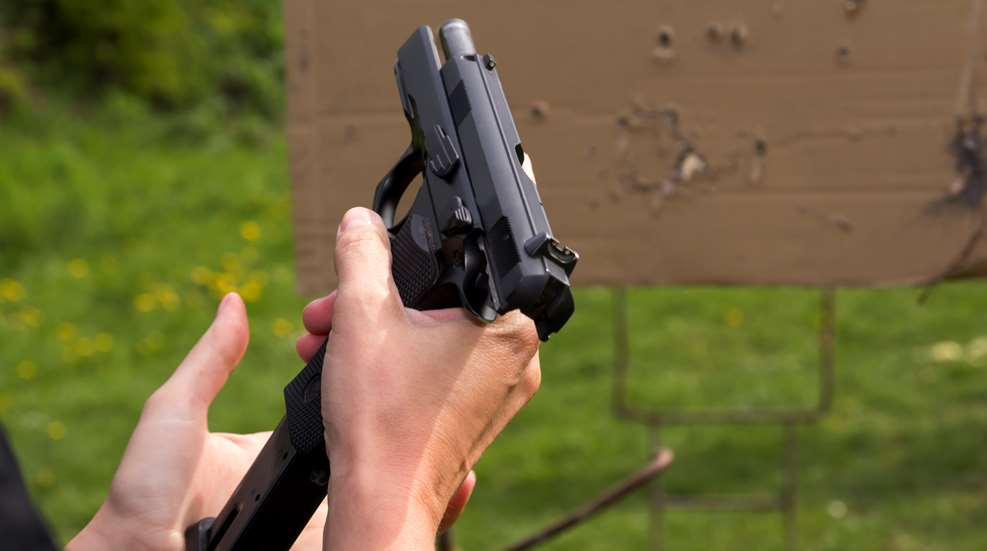
One of the most unnerving things that can happen to you as a new shooter is squeezing your handgun’s trigger and having nothing happen but the sound of one hand clapping. It’s disconcerting, but it’s actually a fairly normal circumstance—especially for new shooters who are women. There are many reasons why this can happen, and the good news is that with proper training and practice you can avoid having to hear that thunderous silence.
When You’re the Problem
The most common reason for a gun to not fire is simple: The chamber is empty. (You still have to treat the gun as if that chamber were not empty, of course! Keep it pointed in a safe direction at all times no matter what.) Here’s why that chamber might be as bare as Mother Hubbard’s cupboard despite the fact that you would swear you loaded it.
Your magazine isn’t seated securely
If your magazine isn’t properly seated, your gun cannot chamber a round from it. The most common reason for a magazine to not be properly seated is, well, user error. Or, more specifically, the user failed to use a sufficient amount of force when seating the mag. This is one of those times when you can fix a mechanical problem by, basically, hitting it harder. Smack the bottom of that magazine like it owes you money.
You didn’t rack the slide hard enough
Most semi-automatic pistols require the user to “rack the slide” once they have seated the magazine in order to chamber a round. Racking the slide properly can be difficult even for men—whose upper-body strength averages 130% of ours—especially with new guns. The process of racking the slide, which is generally done two-handed, is one of the times when new shooters get nervous about their muzzle direction and don’t use as much force as they should have. Once again, the solution is to give it more con brio—if you can. If you can’t, there are adaptive devices out there that can make it much simpler for you, even with reduced hand strength. Alternately, there are pistols out there that were designed to have easy-to-manipulate slides.
You didn’t grip the gun hard enough
If this is the problem, it won’t happen with the first shot. With semi-automatics, it’s important to grip the pistol firmly. If you don’t, the slide doesn’t have enough resistance to provide the force to return to its firing position. It’s called “limp wristing,” and it’s pretty much what it sounds like. This tends to be a fairly easy fix—just grip the gun with more force. (Not too much force, though, or you’ll start having accuracy problems.) When the Gun or Ammo is the Problem One of the strangest things that many women discover when they start shooting is that not all guns do well with all kinds of ammunition—and that’s especially true when we’re talking about the smallish semi-automatics most commonly used for self-defense. Here are the three most common gun/ammo problems that could be causing the crashing roar of absolutely nothing at your muzzle.
The ammo isn’t powerful enough
Not all ammunition is created equal. In addition to the caliber, which is essentially the size of the bullet, another consideration is how much powder is behind it. Some cartridges are “hotter” than others in terms of the power of the explosion behind the bullet itself. Ammunition that’s designed for target shooting with a pistol, for example, tends to have less “oomph” than defensive ammunition. Many guns rely on that oomph to cycle their action and load a new cartridge into the chamber. If this is the case, the first shot will be fine and subsequent shots will start to cause problems.
The gun just doesn’t like it
Just like people, some guns are pickier eaters than others. There are lots of reasons why, all of which are explainable if you have all day, but the upshot is simple: Some guns just don’t like some kinds of ammunition. If your gun keeps having problems feeding with one particular type of ammo, the fix is often as simple as just trying a different kind—even one with the same bullet weight and powder!
Manufacturer’s defect
This is the last possibility we’ve listed for a reason…most of the time, if your gun didn’t fire when you pulled the trigger, there wasn’t anything “wrong” with your equipment. However, “most” isn’t the same as “all,” and ammunition in particular is susceptible to minor manufacturer’s defects from time to time. If you’ve checked off all of the above possible problems and there’s nothing left, you may be looking at ammunition with badly seated primer or a case that didn’t get filled with powder. It’s rare, but it happens. There’s also the possibility that your firearm needs work—when in doubt, ask a qualified gunsmith.












